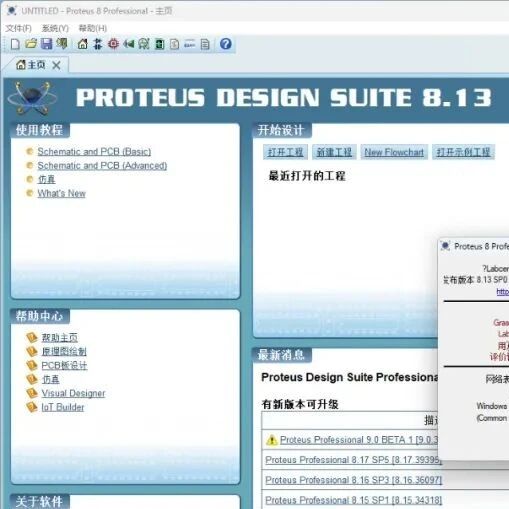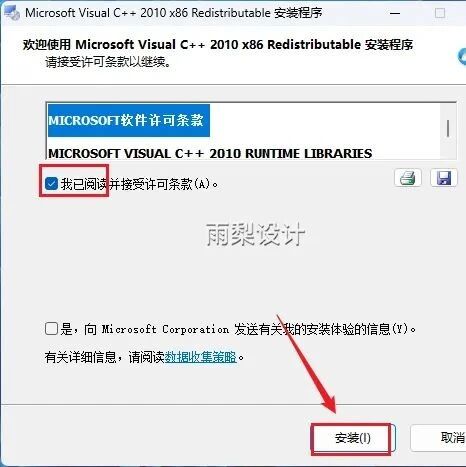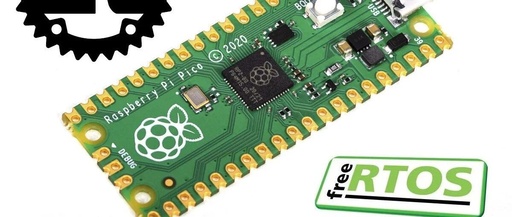Beginner’s Comprehensive Learning Path for Embedded Systems + Interview Question Bank
“Is embedded development difficult?”“No direction, not sure where to start?”“Can’t find suitable materials?” Don’t worry! This article is tailored forthose who want to get startedin embedded systems. We have compiled a completeembedded learning roadmap + interview question bank + written test resources to help you start from scratch and easily get into the field! 📚 … Read more









